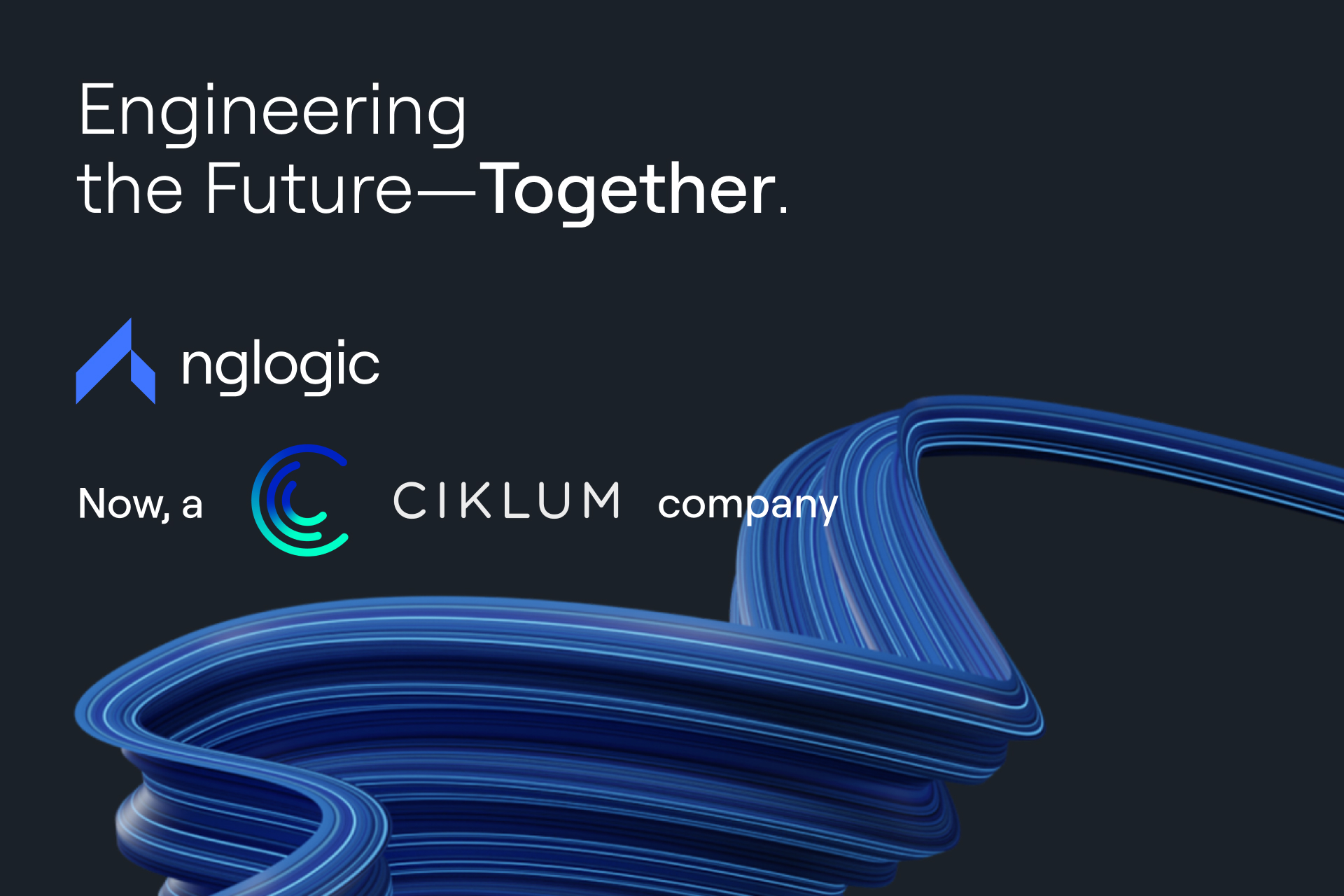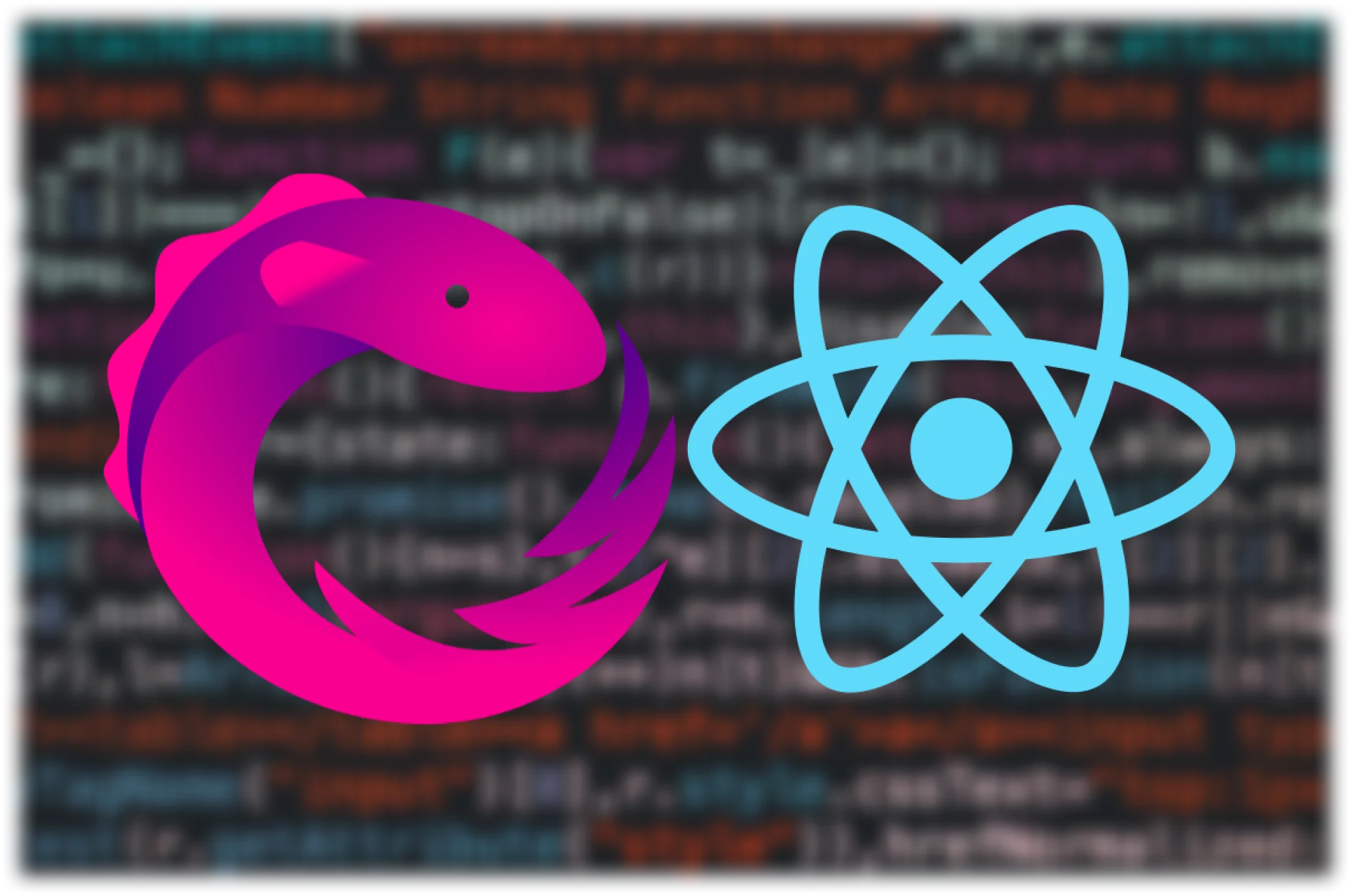Dependency Injection (DI) is a design pattern used in software development to reduce coupling between components and improve code maintainability, testability, and scalability. In this blog post, we will explore the concept of Dependency Injection, its advantages in Python, how to implement it, and best practices for using it effectively.
What is Dependency Injection (DI)?
Dependency Injection (DI) is a design pattern that allows components to be loosely coupled by providing them with their dependencies from external sources, rather than having them create their own dependencies. There are three types of Dependency Injection:
- Constructor Injection
- Setter Injection
- Interface Injection
Constructor Injection passes dependencies through a component’s constructor, while Setter Injection uses setters or properties to inject dependencies. Interface Injection uses an interface or abstract class to define the contract for Dependency Injection.
Why use Dependency Injection in Python?
Dependency Injection is essential in Python because it simplifies code maintenance, testing, and scalability. With DI, code modules can be changed, updated, or replaced without affecting the other modules that depend on them. This modularity reduces the risk of introducing bugs or breaking changes into the codebase. Additionally, DI makes unit testing easier because it allows for better isolation of components during testing. Lastly, DI promotes code scalability, as it allows for new components to be added without requiring a complete overhaul of the codebase.
Implement Dependency Injection in Python
There are several libraries and frameworks available for implementing DI in Python. Popular choices include Django, Flask, and more. These frameworks provide pre-built functionality for handling Dependency Injection. However, it is also possible to create your own DI container in Python using any of the three types of Dependency Injection mentioned earlier.
We’ll focus on one particular dependency injection framework – Dependency Injector. You can find it in this GitHub repository.
Dependency Injector framework

The Dependency Injector is a framework that helps to assemble and inject dependencies in Python applications, making it easier to write modular and maintainable code. With the dependency injection pattern, objects are relieved of the responsibility of assembling dependencies, as the Dependency Injector takes on that responsibility. The framework provides a container and providers that facilitate the objects’ assembly, and when an object is needed, a Provide marker is placed as the default value of a function argument, which the framework assembles and injects automatically.
Here’s an example credited to Dependency Injector, a dependency injection framework for Python by Roman Mogylatov.
from dependency_injector import containers, providers
from dependency_injector.wiring import Provide, inject
class Container(containers.DeclarativeContainer):
config = providers.Configuration()
api_client = providers.Singleton(
ApiClient,
api_key=config.api_key,
timeout=config.timeout,
)
service = providers.Factory(
Service,
api_client=api_client,
)
@inject
def main(service: Service = Provide[Container.service]) -> None:
...
if __name__ == "__main__":
container = Container()
container.config.api_key.from_env("API_KEY", required=True)
container.config.timeout.from_env("TIMEOUT", as_=int, default=5)
container.wire(modules=[__name__])
main() # <-- dependency is injected automatically
with container.api_client.override(mock.Mock()):
main() # <-- overridden dependency is injected automaticallyThe framework’s use is illustrated in the code example, where the Service dependency is injected automatically when the main() function is called. During testing, the container.api_client.override() method is called to replace the real API client with a mock, and when main() is called, the mock is injected automatically. Any provider can be overridden with another provider, making it easier to re-configure projects for different environments.
The Dependency Injector’s use of explicit definition for dependency injections consolidates object assembling in a container, making it easier to understand and change how an application works. The testability benefit of the Dependency Injector is opposed to monkey-patching, a technique in Python that is too fragile and unstable for use outside of testing code for re-configuring projects for different environments. Instead of monkey-patching, the Dependency Injector patches the interface, resulting in a more stable approach.
Benefits of Dependency Injector framework
Dependency Injection principle can provide businesses with several advantages that can enhance the overall efficiency of their software development processes.
Increased flexibility
By enabling loose coupling of components, it provides flexibility in the system’s functionality, allowing for easy extension or modification of the software without affecting other modules. This can lead to faster and more agile development cycles, allowing businesses to keep up with the rapidly evolving market demands.
Enhanced testability
Dependency Injection improves testability by allowing easy injection of mock objects instead of real ones. This not only speeds up testing but also reduces the risk of introducing bugs into the codebase, ensuring higher quality of the final product.
Improved clarity and maintainability
Dependency Injection makes dependencies more explicit, providing a clear overview of the application structure, which facilitates better control and maintainability. By defining all components and dependencies explicitly in a container, businesses can ensure that their software development team has a clear understanding of the application architecture and can make changes with ease, leading to better maintainability and reducing the overall cost of software development.
Best practices for Dependency Injection in Python
When using Dependency Injection in Python, it is important to follow best practices to keep your code maintainable, scalable, and testable. One best practice is to use Dependency Injection selectively. Not every component requires Dependency Injection, and overusing it can lead to overly complex code. Another best practice is to avoid circular dependencies, where two components depend on each other. Circular dependencies can lead to runtime errors that are difficult to diagnose. It is also important to keep DI code clean and easy to understand. This means following naming conventions, using comments where necessary, and keeping code organized.
NG Logic and Python
NG Logic is a firm believer in using best practices in software development, and Dependency Injection is a software design pattern to build robust, modular, and maintainable code.
We stay up-to-date with the latest trends and best practices in software development. Python is a rapidly evolving language, and we keep abreast of new features, libraries, and frameworks to provide the best possible solutions for our clients.
Do you have a project that requires Python experts? Let’s set up a meeting.













 +1 (888)
413 3806
+1 (888)
413 3806